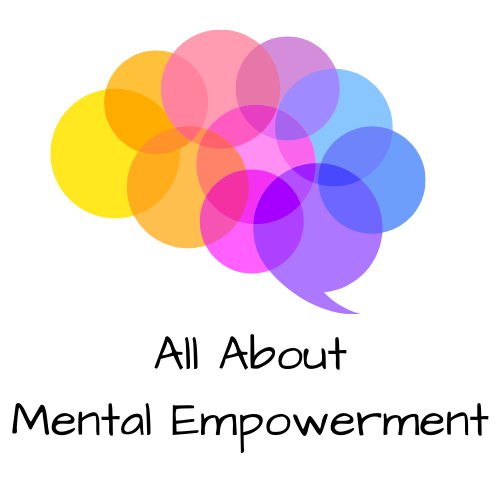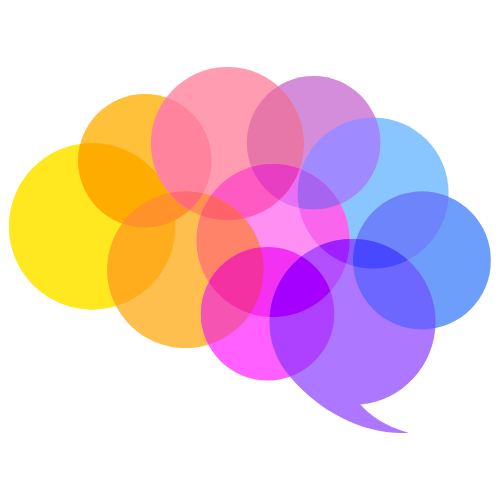Embracing Gratitude: A Transformative Practice for Educators and Students at the End of the School Year
As the school year draws to a close, the culmination of months of hard work, dedication, and growth provides a unique opportunity for reflection and appreciation. For educators, it’s a time to acknowledge the progress made, both academically and personally, by their students. For students, it’s a chance to look back on their achievements, challenges overcome, and the support they received. Encouraging the practice of gratitude at this juncture can have profound effects on the well-being and mindset of both educators and students. Here's why and how you can incorporate this powerful practice into your end-of-year routine.
The Power of Gratitude
Gratitude is more than just saying "thank you." It’s an intentional practice of recognizing and appreciating the positive aspects of our lives and the efforts of those around us. Research has shown that gratitude can significantly improve mental health, increase resilience, and foster a positive school environment. For educators and students alike, practicing gratitude can enhance relationships, boost morale, and create a more supportive and connected classroom community.
Benefits for Educators
Reflective Practice: Taking time to reflect on the year and express gratitude allows educators to acknowledge their own efforts and achievements. This practice can provide a sense of closure and satisfaction, which is essential for maintaining motivation and preventing burnout.
Strengthened Relationships: Expressing gratitude towards colleagues, administrators, and students helps to strengthen professional relationships. It fosters a sense of camaraderie and support, which can enhance teamwork and collaboration.
Enhanced Well-being: Regularly practicing gratitude can reduce stress, increase happiness, and improve overall well-being. For educators, this means entering the summer break feeling more relaxed and rejuvenated.
Benefits for Students
Positive Mindset: Encouraging students to focus on what they are thankful for can shift their mindset from one of stress and anxiety to one of positivity and contentment. This can be especially beneficial during end-of-year exams and assessments.
Improved Mental Health: Gratitude has been linked to lower levels of depression and anxiety. By practicing gratitude, students can develop a healthier, more balanced perspective on their experiences and challenges.
Better Relationships: When students express gratitude towards their peers and teachers, it fosters a more inclusive and supportive classroom environment. This can improve peer relationships and reduce instances of bullying and social isolation.
Practical Ways to Incorporate Gratitude
Gratitude Journals: Encourage students to keep a gratitude journal where they can write down things they are thankful for each day. This simple practice can help them focus on positive experiences and develop a habit of gratitude.
Thank You Notes: Have students write thank you notes to classmates, teachers, or other school staff who have made a positive impact on their year. This can be a powerful way to recognize and appreciate the contributions of others.
Gratitude Circle: Create a gratitude circle in the classroom where students can take turns sharing something they are thankful for. This activity not only promotes gratitude but also builds a sense of community and connection among students.
Reflective Essays: Assign a reflective essay where students can write about their experiences over the past year, focusing on what they have learned and the people who have supported them. This can help students process their experiences and express gratitude in a meaningful way.
Classroom Displays: Create a gratitude wall or bulletin board where students can post notes of thanks and appreciation. This visual representation of gratitude can serve as a constant reminder of the positive aspects of their school year.
Modelling Gratitude as an Educator
As an educator, modelling gratitude is one of the most effective ways to teach this practice to students. Here are a few ways to do this:
Express Gratitude Publicly: Regularly thank students for their efforts, participation, and contributions to the classroom. Publicly acknowledging their hard work can motivate and encourage them.
Share Personal Reflections: Share your own reflections on the year and express gratitude for the experiences and lessons learned. This can show students the importance of recognizing and appreciating personal growth.
Create a Positive Classroom Culture: Foster a classroom culture where gratitude is a regular part of interactions. Encourage students to support and appreciate each other, and make gratitude a cornerstone of your classroom environment.
Practicing gratitude at the end of the school year is a powerful way to reflect on the journey, acknowledge achievements, and appreciate the support received along the way. For educators, it offers a chance to recharge and enter the summer break with a positive mindset. For students, it provides a framework for developing a healthy, optimistic perspective on their experiences.
By incorporating gratitude into your end-of-year activities, you can create a more positive, supportive, and connected classroom environment, setting the stage for continued growth and success in the years to come.

